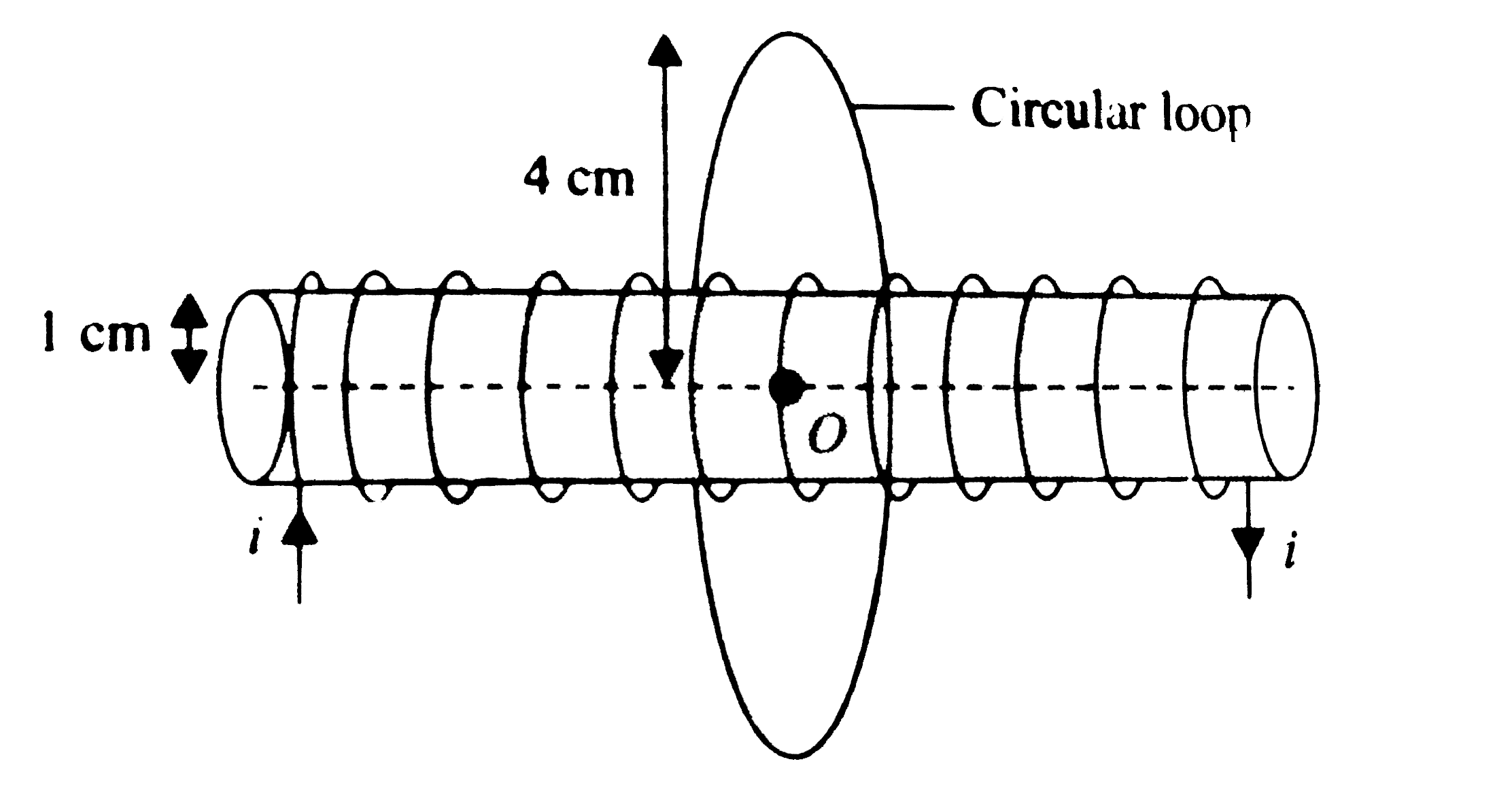A zone of gradual change in temperature of a lake is
Hypolimnion
Epilimnion
Thermocline
None of the above.
The correct Answer is:C
To answer the question "A zone of gradual change in temperature of a lake is," we can follow these steps:
1. Understand the Layers of a Stratified Lake:
- Lakes are often stratified into different layers based on temperature and density. The three main layers are:
- Epilimnion: The upper layer of warm water.
- Metalimnion (Thermocline): The middle layer where temperature changes rapidly.
- Hypolimnion: The bottom layer of cooler water.
2. Identify the Correct Term:
- The question specifically asks for the zone of gradual change in temperature. This is characterized by a rapid transition from warmer to cooler water.
- The term that describes this zone is thermocline.
3. Eliminate Incorrect Options:
- Epilimnion: This is the warm upper layer, not a zone of gradual change.
- Hypolimnion: This is the cold bottom layer, also not a zone of gradual change.
- Therefore, the only correct answer is thermocline.
4. Conclusion:
- The zone of gradual change in temperature of a lake is known as the thermocline.
Final Answer:
The correct option is thermocline.
---
- Lakes are often stratified into different layers based on temperature and density. The three main layers are:
- Epilimnion: The upper layer of warm water.
- Metalimnion (Thermocline): The middle layer where temperature changes rapidly.
- Hypolimnion: The bottom layer of cooler water.
- The question specifically asks for the zone of gradual change in temperature. This is characterized by a rapid transition from warmer to cooler water.
- The term that describes this zone is thermocline.
- Epilimnion: This is the warm upper layer, not a zone of gradual change.
- Hypolimnion: This is the cold bottom layer, also not a zone of gradual change.
- Therefore, the only correct answer is thermocline.
- The zone of gradual change in temperature of a lake is known as the thermocline.
The correct option is thermocline.
Topper's Solved these Questions
- ORGANISMS AND THE ENVIRONMENTBOOK - DINESH PUBLICATION ENGLISHCHAPTER - ORGANISMS AND THE ENVIRONMENTEXERCISE - RQ
244 Videos
- ORGANISMS AND THE ENVIRONMENTBOOK - DINESH PUBLICATION ENGLISHCHAPTER - ORGANISMS AND THE ENVIRONMENTEXERCISE - CYG
17 Videos
- NO IDEABOOK - DINESH PUBLICATION ENGLISHCHAPTER - NO IDEAEXERCISE - Brain Teasers
37 Videos
- ORIGIN OF LIFE BOOK - DINESH PUBLICATION ENGLISHCHAPTER - ORIGIN OF LIFE EXERCISE - All Questions
201 Videos
Similar Questions
Knowledge Check
Assertion : A change in the temperature of a body cause change in dimentions.
Reason : The dimentions of a body decrease due to the increase in its temperature.AIf both assertion and reason are true and reason is the correct explanation of assertion.BIf both assertion and reason are true and reason is not the correct explanation of assertion.CIf assertion is true and reason is false.DIf both assertion and reason are false.A wire is heated gradually as temperature rises, at first it appears :
AredBgreenCyellowDwhite
if in winter season the surface temperature of lake is 1∘C, the temperature at the bottom of lake will be
View SolutionA sacred lake is
View SolutionThe top of a lake is frozen. Air in contact is at - 15°C. What do you expect the maximum temperature of water (i) in contact with the lower surface of ice an (ii) at the bottom of the lake ?
View SolutionThickness of ice on a lake is 5 cm and the temperature of air is −20∘C . If the rate of cooling of water inside the lake be 20000 cal −1min through each square metre surface , find K for ice .
View SolutionA long solenoid having n = 200 turns per metre has a circular cross-section of radius a1=1cm. A circular conducting loop of radius a2=4cm and resistance R=5(Ω) encircles the solenoid such that the centre of circular loop coincides with the midpoint of the axial line of the solenoid and they have the same axis as shown in Fig.

A current 't' in the solenoid results in magnetic field along its axis with magnitude B=(μ)ni at points well inside the solenoid on its axis. We can neglect the insignificant field outside the solenoid. This results in a magnetic flux (ϕ)B through the circular loop. If the current in the winding of solenoid is changed, it will also change the magnetic field B=(μ)0ni and hence also the magnetic flux through the circular loop. Obvisouly, it will result in an induced emf or induced electric field in the circular loop and an induced current will appear in the loop. Let current in the winding of solenoid be reduced at a rate of 75A/sec.
When the current in the solenoid becomes zero so that external magnetic field for the loop stops changing, current in the loop will follow a differenctial equation given by [You may use an approximation that field at all points in the area of loop is the same as at the centre
View SolutionThe number of temperature zones in a summer lake is
View Solution
